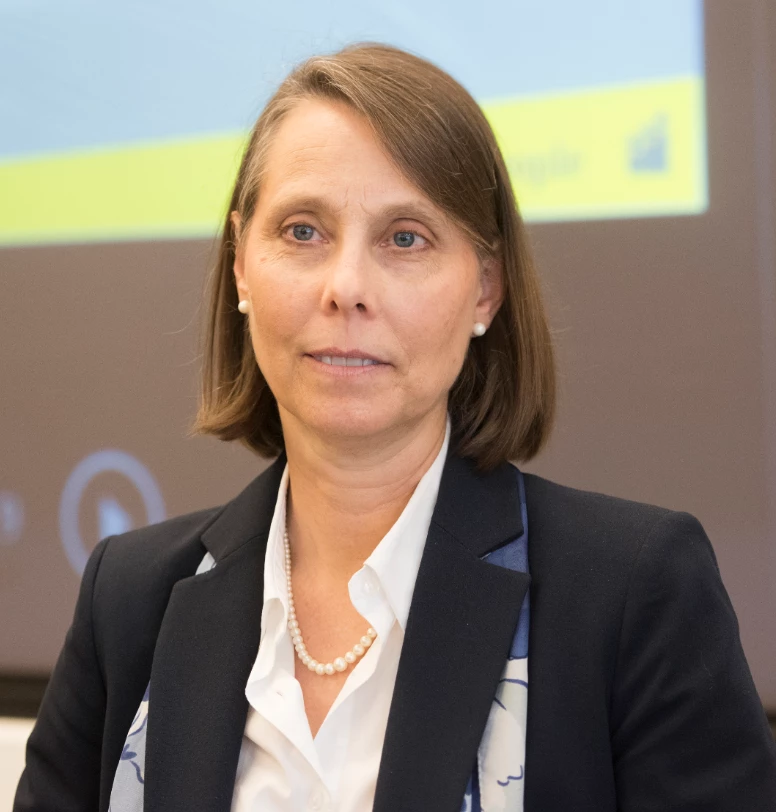
I first visited Madagascar in 1985 as a student doing research with FOFIFA, Madagascar’s national center for agricultural research. I was fortunate to be able to come back in the early 1990s as a task team leader for a project funded by the World Bank, at a time when the Bank was restructuring its projects to respond to drought in southern Madagascar. Over two decades later, here I am again in the South of this beautiful country, which is suffering again from drought and continues to be counted among the poorest countries in the world.
Despite the fact that malnutrition, stunting, and poverty continue to plague households in this region, one big difference is that this time, these people are now benefiting from human development programs, including a new social protection program, that has strong links with the work of village level community nutrition agents from the National Office of Nutrition (ONN). The World Bank is also supporting these efforts through an emergency health and education program that has provided school kits, text books, and much needed supplies to communities. These structures make it much easier for the government and its partners to scale up and respond to emergencies.
The population of Madagascar’s southern region has suffered through several successive years of poor crop yields starting with a major locust invasion in 2013. As a result of the El Niño climate cycle, rainfall has been about 75% lower than the average over the last 20 years, causing harvest losses of up to 95%, over 1 million people to be food insecure, 35,000 children under 5 years of age to suffer from moderate acute malnutrition and another 12,000 from severe acute malnutrition.
In response, the World Bank approved last November a $35 million grant that provides additional financing under the Madagascar Social Safety Net Project to respond to this emergency, combining cash transfers, livelihood recovery grants, and nutrition services to extreme poor households in the most-affected areas in the regions of Androy and Anosy. Nearly 350,000 people will benefit from this program over a period of three years, with the end goal of getting them back on their feet and building human capacities and future productivity of the current and next generation.
The first payments of the cash transfers began in December 2016, and I followed a team of World Bank experts from the social protection, education, and health and nutrition sectors, as well as the implementing partners (Ministry of Population, Social Protection and Promotion of Women, the Fonds d’Intervention pour le Développement, and the ONN), to Amboasary Sud and Ambovombe to see how the program is run and how households are benefiting from it. We met with mothers, children, students, teachers, nutrition workers, nurses, doctors and community leaders.
I saw relief, excitement, and hope in the eyes of mothers who received the monthly cash transfer of 60,000 ariary, the equivalent of $20. With that money, they told me they can address the immediate needs of their households. Food is on the top of the list, but also such basics as pots and pans, blankets and water canisters which they all sold in their struggle to cope with prolonged drought. I was happy to hear that some of them are already thinking of starting small productive activities such as raising livestock (chicken), or replanting crops.
We also met with other stakeholders that are making significant contributions to improving conditions in this region, and discussed how social safety net operations can link into what their organizations are doing to help the population when it comes to investing in small production activities. It is crucial to think ahead about what kind of linkages we can establish with these programs to ensure that the progress is sustainable. Likewise, developing innovative communication strategies with communities, beneficiaries and especially mothers, to help them understand the importance of investing some of the resources they get in their children in ways that will help them to cope with future shocks.
This program provides cash transfers over a period of three years for the female heads of households and emphasizes aspects of nutrition, education, and small productive activities. Linking education, nutrition, health, and improved productive activities is extremely important in order to break the poverty cycle in which the population in the South has lived in for so many years. However, three years will not solve the problem of entrenched poverty, and the government will need to stay engaged in this region over the long haul to deal with the intertwined set of development challenges faced by the South.
What this kind of early recovery program can do in three years is lay the foundations for the national social protection system that Madagascar has recently set up to support the poorest in ways that build the human capital of their children and link them to productive opportunities. Developing a child’s brain in the early years through proper nutrition and early stimulation provides an investment in their potential capacity that will serve them and their country for the rest of their lives. And once these gains are acquired, they endure. Education and nutrition are thus one of the most important productive investments to which this social protection program can contribute.


Join the Conversation